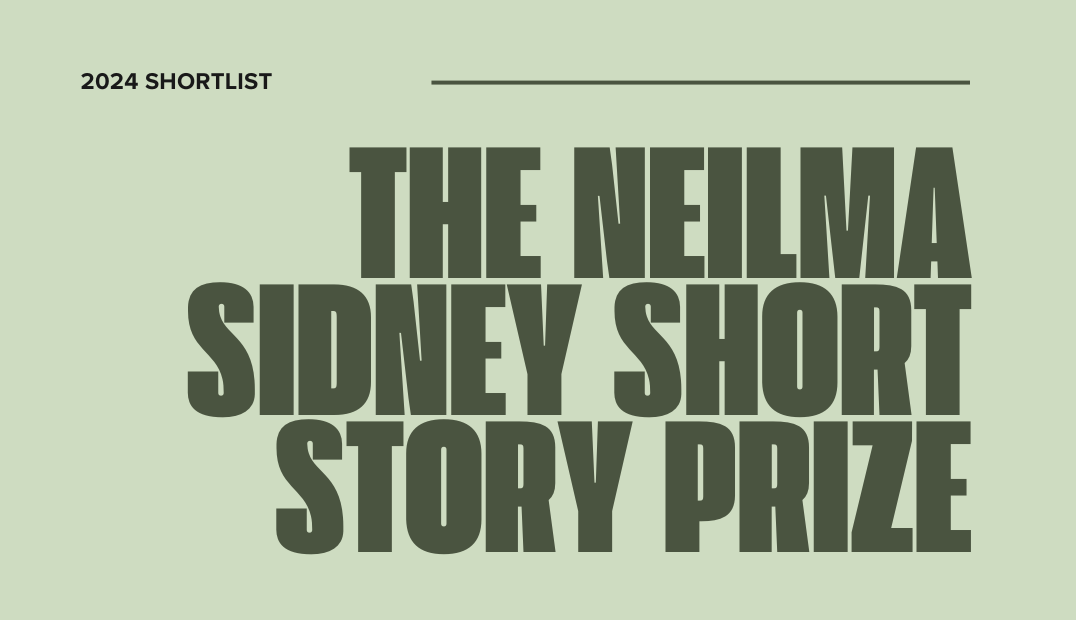 |
Fairness and Accuracy in Reporting (h/t Lenin’s Tomb) draws attention to the remarkable discrepancy in media coverage of the Darfur crisis compared to the crisis in the Democratic Republic of the Congo. The situation in the Congo is, as it happens, much, much worse. FAIR notes:
The wars that have wracked the Democratic Republic of the Congo since 1996, killing well over 5 million people (International Rescue Committee, 1/08) in what may be the deadliest conflict since World War II, are officially over. A peace agreement was signed in 2002, and general elections were held in 2006.
But conflict and the humanitarian crisis continue. The most recent survey (IRC, 1/08) estimated that 45,000 people are dying each month from conflict-related causes (primarily hunger and disease), nearly the same shocking rate as during the war itself. And with the recent flare-up of violence in Congo’s volatile east, things don’t seem to be getting any better.
To put the death rate in perspective, at the peak of the Darfur crisis, the conflict-related death rate there was less than a third of the Congo’s, and by 2005 it had dropped to less than 4,000 per month (CRED, 5/26/05). The United Nations has estimated some 300,000 may have died in total as a result of the years of conflict in Darfur (CRED, 4/24/08, SSRC.org, 3/25/09); the same number die from the Congo conflict every six and a half months.
And yet the relative coverage can be seen in the graph above. One shouldn’t have to compare miseries — of course the situation in Darfur is terrible — but the FAIR report necessarily raises the question as to why Darfur makes it into the news when other catastrophes and atrocities never rate at all. FAIR writes:
What seem to be more important than anything else, though, are U.S. political interests. Darfur fit neatly into the Bush administration’s “war on terror” narrative, with the story (inaccurately) framed as Arabs versus black Africans; China’s increasing business ties to the country also threaten U.S. interests in a region with substantial oil reserves. […]
Paying attention to the Congo would also mean reporting on the main factor fueling the conflict: the plunder of the country’s resources, which primarily benefits multinational corporations. The conflict areas of the Congo are rich with minerals like copper, tin, gold, diamonds, cobalt and coltan, a mineral used for cell phones and other common electronic devices. Rebel groups who hold these areas sell off the minerals at cut-rate prices, using the profits to maintain power as big companies look the other way. As happened with conflict diamonds in Sierra Leone and Angola, activists are pushing for a mechanism to make corporations verify that they aren’t buying the Congo’s conflict minerals.


